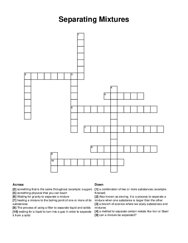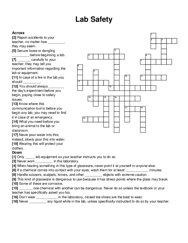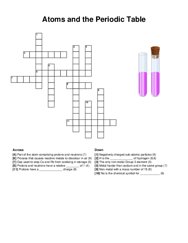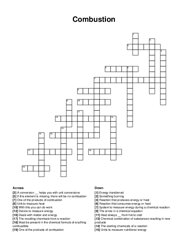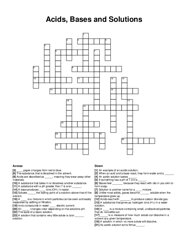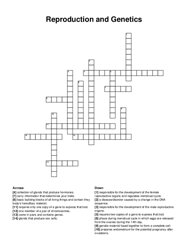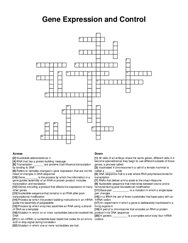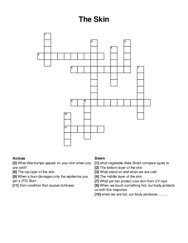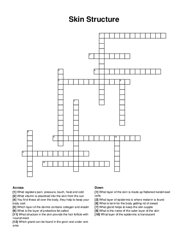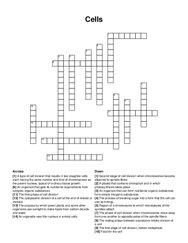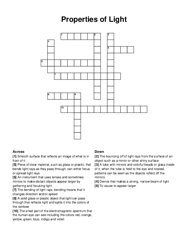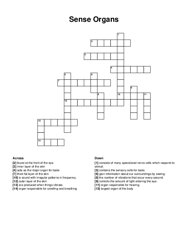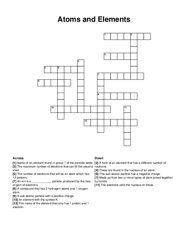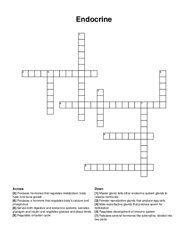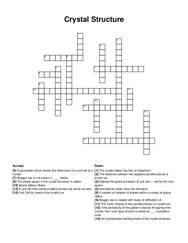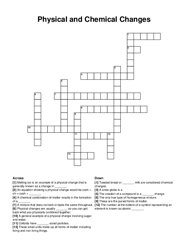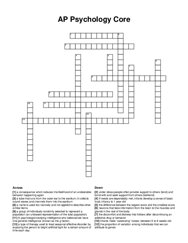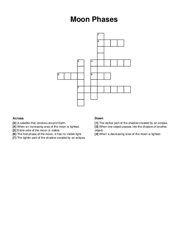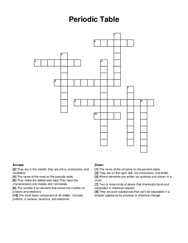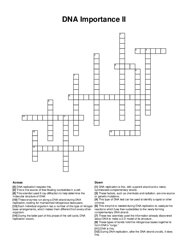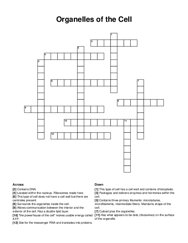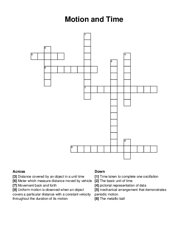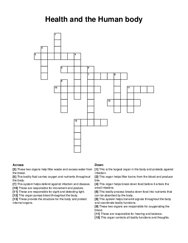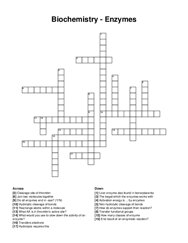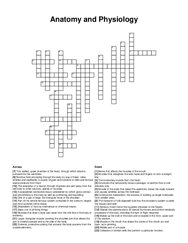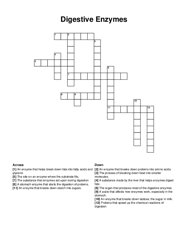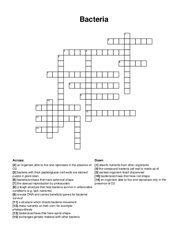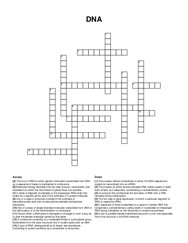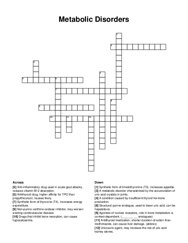Categories
- Agriculture / Farm
- Animals
- Arts / Crafts
- Beauty / Fashion
- Books / Literature
- Business / Finance
- Cities / Places
- Computers / IT
- Ecology / Climate
- Electronics
- Energy / Utilities
- Food / Drinks
- General
- Geography
- Geology
- Health / Fitness
- History
- Home / Garden
- Jobs / Education
- Kids / School
- Law / Government
- Music / Movies / TV
- News / Media
- Occasions
- Christmas
- Easter
- Halloween
- New Year
- Saint Patrick's Day
- Thanksgiving
- Valentine's Day
- Outdoors
- Religion / Belief
- Safety / Prevention
- Science
- Astronomy
- Biology
- Chemistry
- Physics
- Seasonal
- Society / Culture
- Sports
- Tools / Equipment
- Travel / Tourism
- Vehicles
Science Crossword Puzzles
Free printable science crossword puzzles. Download pre-made or create your own Crossword using our crossword maker. Simply download, print and start playing or play online.
a method to separate certain metals like iron or steel, a branch of science where we study substances and mixtures, something physical that you can …
never pour water into this; instead, slowly pour this into water, some of these are corrosive, only _ lab equipment as your teacher instructs you to …
part of the atom comprising protons and neutrons (7), process that causes reactive metals to discolour in air (9), protons and neutrons have a …
something burning, heat always _ from hot to cold, deals with matter and energy, the starting chemicals of a reaction, one of the products of …
a _ is a mixture in which particles can be seen and easily separated by settling or filtration, the taste of a basic solution, _ is a measure of how …
basic building blocks of all living things and contain they body's hereditary material, carry information that determines your traits, a …
nucleotide abbreviated as u, transcription _ are proteins that influence transcription by binding to dna, gene _ is the process by which the …
what stand on end when we are cold, when we are hot, our body produces.........., the top layer of the skin, what gel can protect your skin from uv …
what layer of the epidermis is translucent, what vitamin is absorbed into the skin from the sun, which layer of the dermis contains collagen and …
second stage of cell division when chromosomes become attached to spindle fibers, an organism that gets its nutritional requirements from complex …
the small part of the electromagnetic spectrum that the human eye can see including the colors red, orange, yellow, green, blue, indigo and violet, …
found at the front of the eye, acts as the major organ for taste, largest organ of the body, gain information about our surroundings by seeing, inner …
a sub atomic particle with a positive charge, an element with the symbol k, the number of electrons that will be an atom which has 12 protons, the …
produces a hormone that regulates body's calcium and phosphorus, regulates circadian cycle, serves both digestive and endocrine systems, secretes …
a unit cell that contains lattice points only at the corners, space lattice+ basis, amorphous solids have this structure, the fundamental building …
a chemical combination of matter results in the formation of a _ , the creation of a compound is a _ change, colloids have _ -sized particles, a …
the difference between the largest score and the smallest score, a group of individuals randomly selected to represent a population (an unbiased …
the lighter part of the shadow created by an eclipse, the first phase of the moon, it has no visible light, entire side of the moon is visible, when a …
they are in the middle, they are shiny, conductors, and malleable, they are on the right, dull, not conductors, and brittle, the most basic component …
this scientist used x-ray diffraction to help determine the molecular structure of dna, these two scientists used the information already discovered …
allows communication between the interior and the exterior of the cell. has a double lipid layer, contains dna, located within the nucleus. ribosomes …
distance covered by an object in a unit time, uniform motion is observed when an object covers a particular distance with a constant velocity …
the standard unit of time is _ , is a change in position overtime, is speed in a specific direction, the standard unit of length is _ , tells us the …
these are responsible for movement and posture, this is the largest organ in the body and protects against infection, these are responsible for …
how many classes of enzyme, non-hydrolytic cleavage of bonds, transfers electrons, how do enzymes support their reaction?, what would you use to slow …
external, protective coating that protects the body systems from the outside elements, collection of similar cells that perform a particular function, …
an enzyme that breaks down starch into sugars, an enzyme that breaks down proteins into amino acids, an enzyme that helps break down fats into fatty …
bacteria/archaea that have spherical shape, bacteria/archaea that have rod shape, bacteria/archaea that have spiral shape, the compound bacteria cell …
a pair of parallel helices intertwined aboucomt a mon axis,especially that in the structure of the dna molecule, a sequence of three nucleotides in a …
drugs that inhibit bone resorption, can cause hypocalcaemia, agonists of nuclear receptors, role in bone metabolism is context-dependent. ( _ _ …
